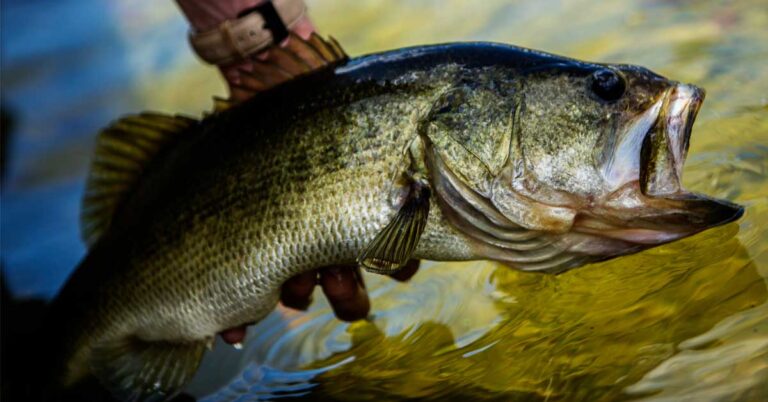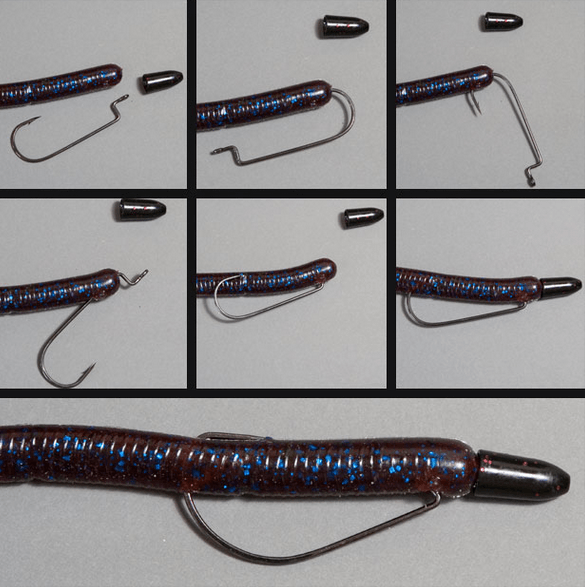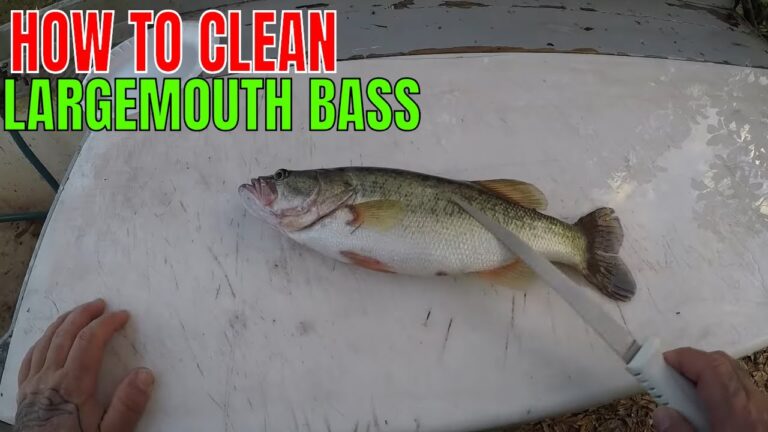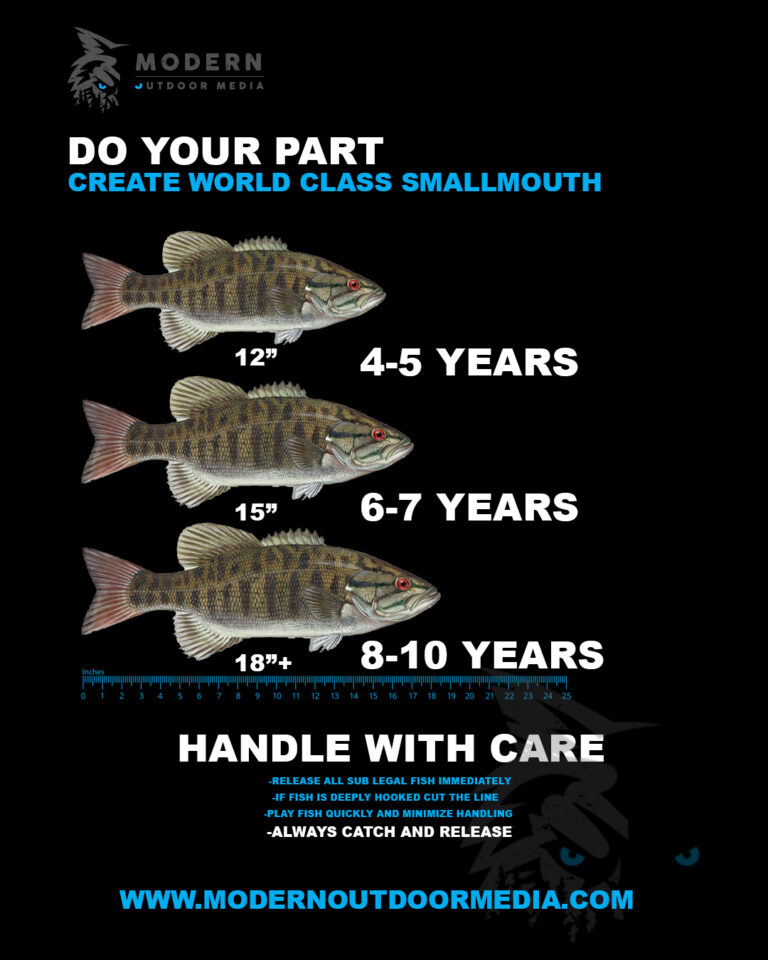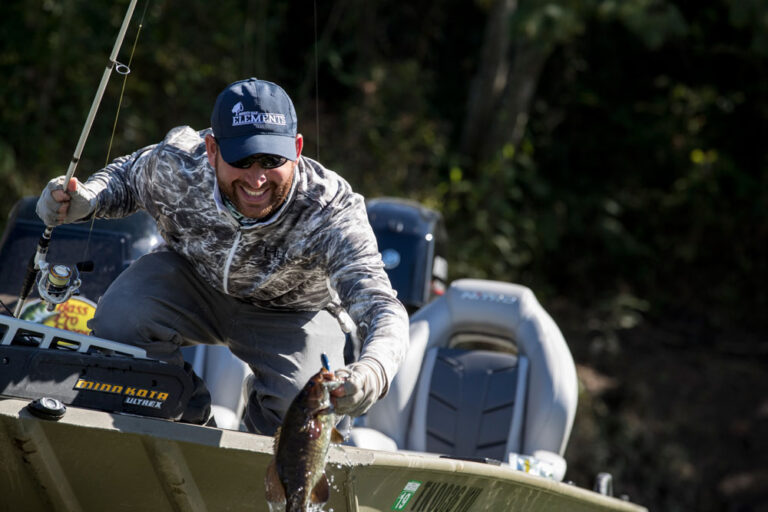How to Bass Fish With Plastic Worms
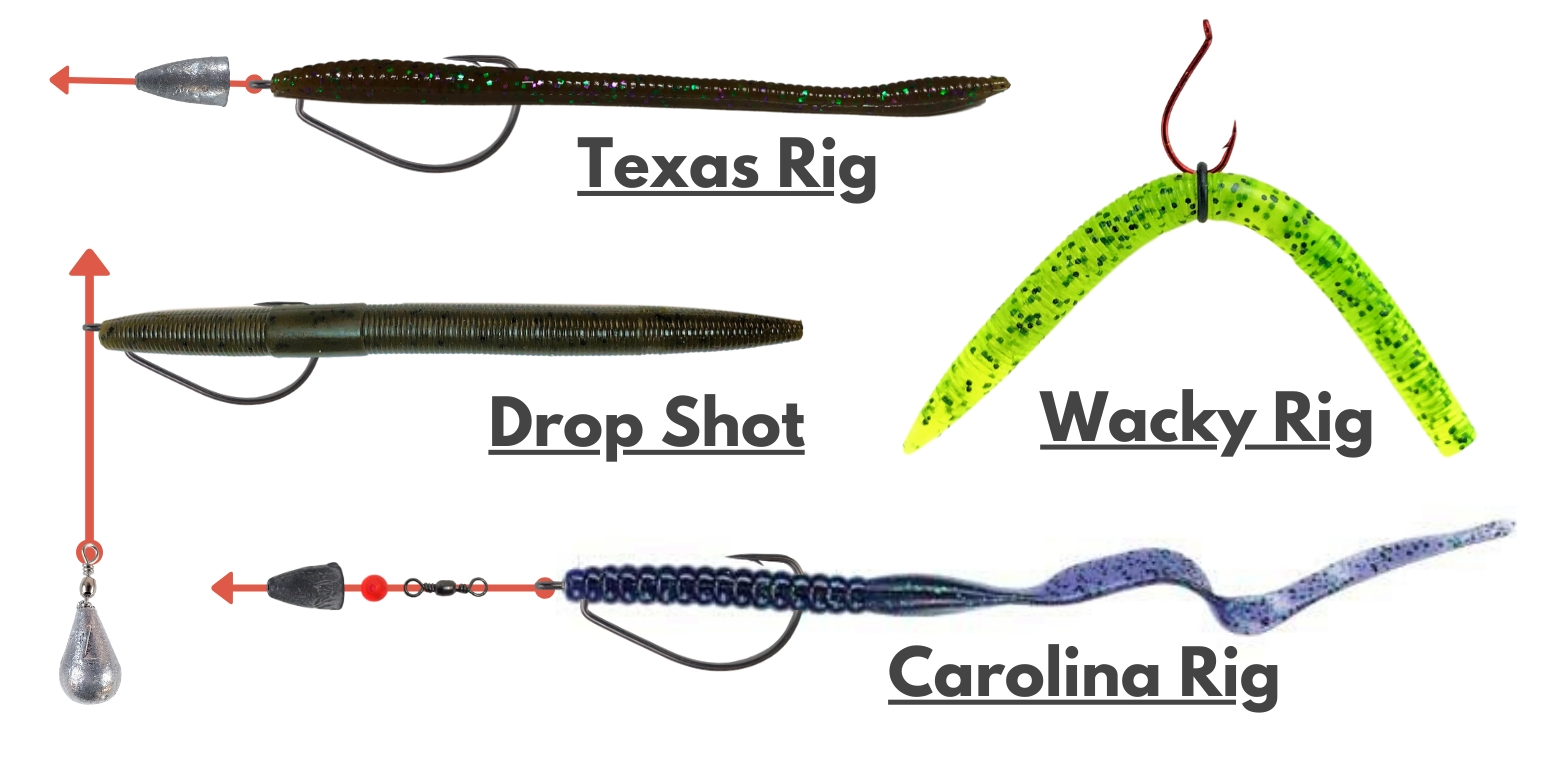
To bass fish with plastic worms, select a suitable size and color, and rig them with Texas, Carolina, or Wacky style. Ensure to perform a slow, methodical retrieval to imitate natural worm movements.
Bass fishing enthusiasts often regard plastic worms as a go-to lure due to their versatility and effectiveness. Angling with these artificial baits requires understanding their dynamic in water and mastering various presentations. The subtlety of a plastic worm’s glide through the water can entice even the wariest of bass, making the proper technique crucial.
Perfecting the art of rigging and retrieving, coupled with selecting the right worm and tackle, could be the difference between a successful outing and an unproductive day on the water. Let’s dive into the intricacies of utilizing plastic worms to outsmart bass and enhance your fishing game.
The Art Of Bass Fishing
Bass fishing with plastic worms has multiple advantages. These lures are highly effective due to their lifelike movement and versatility. Anglers often prefer plastic worms because they can imitate the natural prey of bass. This quality makes them an ideal choice for targeting these fish.
Bass thrive in various environments, ranging from shallow streams to deep lake waters. They often hide near structures like logs, weeds, and rocks. Using plastic worms allows fishermen to reach these hiding spots effortlessly. With proper technique, plastic worms navigate through these habitats, making them irresistible to bass.
Essential Gear And Tackle
Selecting the Right Rod is crucial for bass fishing with plastic worms. A medium-heavy rod offers the perfect blend of power and sensitivity. Its length should typically range from 6.5 to 7.5 feet. This size allows for accurate casting and enough leverage to set the hook properly.
Choosing Your Reel equally matters in your fishing success. A smooth, reliable baitcasting reel is often preferred for bass fishing. It should match the rod’s weight and balance. Look for high-quality gears and a strong drag system. This helps to handle the fight with a big bass.
Understanding the Types of Plastic Worms enhances effectiveness. Worms come in various shapes, each for different situations. A ribbon-tail worm moves enticingly in water, while a straight-tail worm excels in finesse situations. Senkos are popular, known for a falling action that triggers bites. Colors should mimic natural prey, with greens and browns being classic choices.
Rigging Techniques For Success
The Texas Rig is a time-tested technique for bass fishing. Start by sliding a bullet weight onto your line. Next, tie on a hook. Pierce the head of the plastic worm with the hook, then thread it onto the hook. Let the worm hang straight by inserting the hook back into the worm’s body. This rig is perfect for getting through heavy cover without snagging.
For fishing in deep water, the Carolina Rig is ideal. Unlike the Texas Rig, a leader separates the weight from the hook. Attach a weight above a swivel on your main line. Then, tie a leader onto the other side of the swivel, and add your hook at the end. This setup allows the worm to move more freely in the water, tempting bass from afar.
Wacky Rigging offers a unique action. Simply take a hook and pierce it through the middle of the worm. No weight is needed. Cast this rig out and let it fall. The worm will flutter during the descent, which imitates vulnerable prey. This can be a game-changer when bass are hesitant.
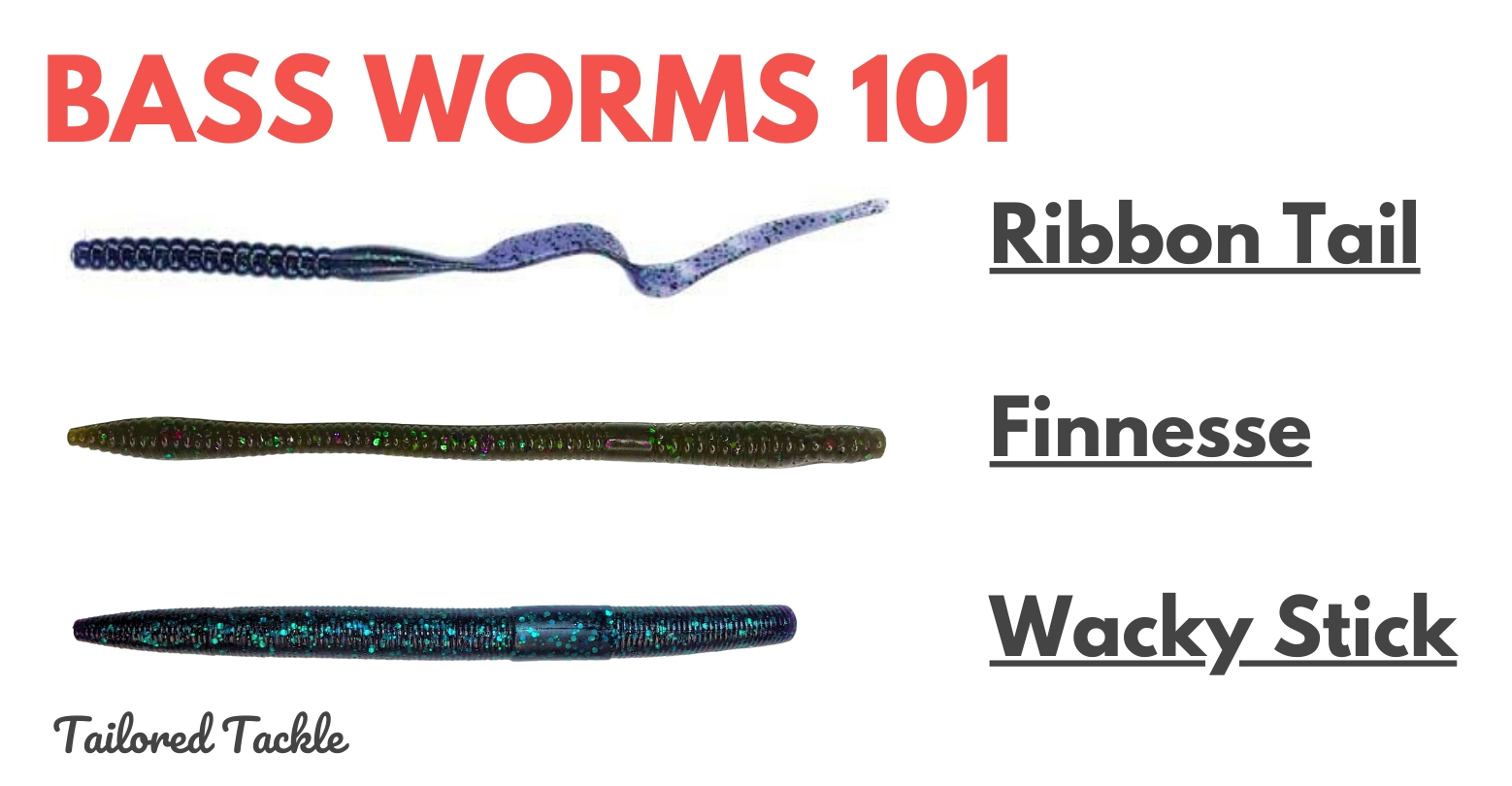
Credit: tailoredtackle.com
Casting And Retrieval Methods
Mastering the art of casting is crucial for bass fishing with plastic worms. The right cast can place your worm where the fish are. Hold your rod at a 10 o’clock position. Then, flick your wrist to send the worm to the target zone. Make sure your line is taut for better control.
Retrieval speed and rhythm can make or break your fishing success. A slow, steady retrieve lets the worm wiggle naturally, tempting bass. Mix up your rhythm with occasional pauses and twitches. This mimics real worm movements. Keep the retrieval smooth to maintain the lure’s appealing motion underwater.
Location And Timing
Mastering bass fishing with plastic worms demands knowledge of water conditions and bass behavior. Clear waters with minimal cover require thin, straight-tail worms. Murky waters are best with bright, bulky worms to attract bass. Early morning or late evenings are prime times for bass fishing, as these predators hunt near the surface then.
Understand seasonal patterns for optimal results. Spring sees bass in shallow waters for spawning. Summer drives them deeper to cool off. In fall, they’re back in the shallows, aggressively feeding to prepare for winter. Recognize these patterns and choose your fishing spot accordingly.
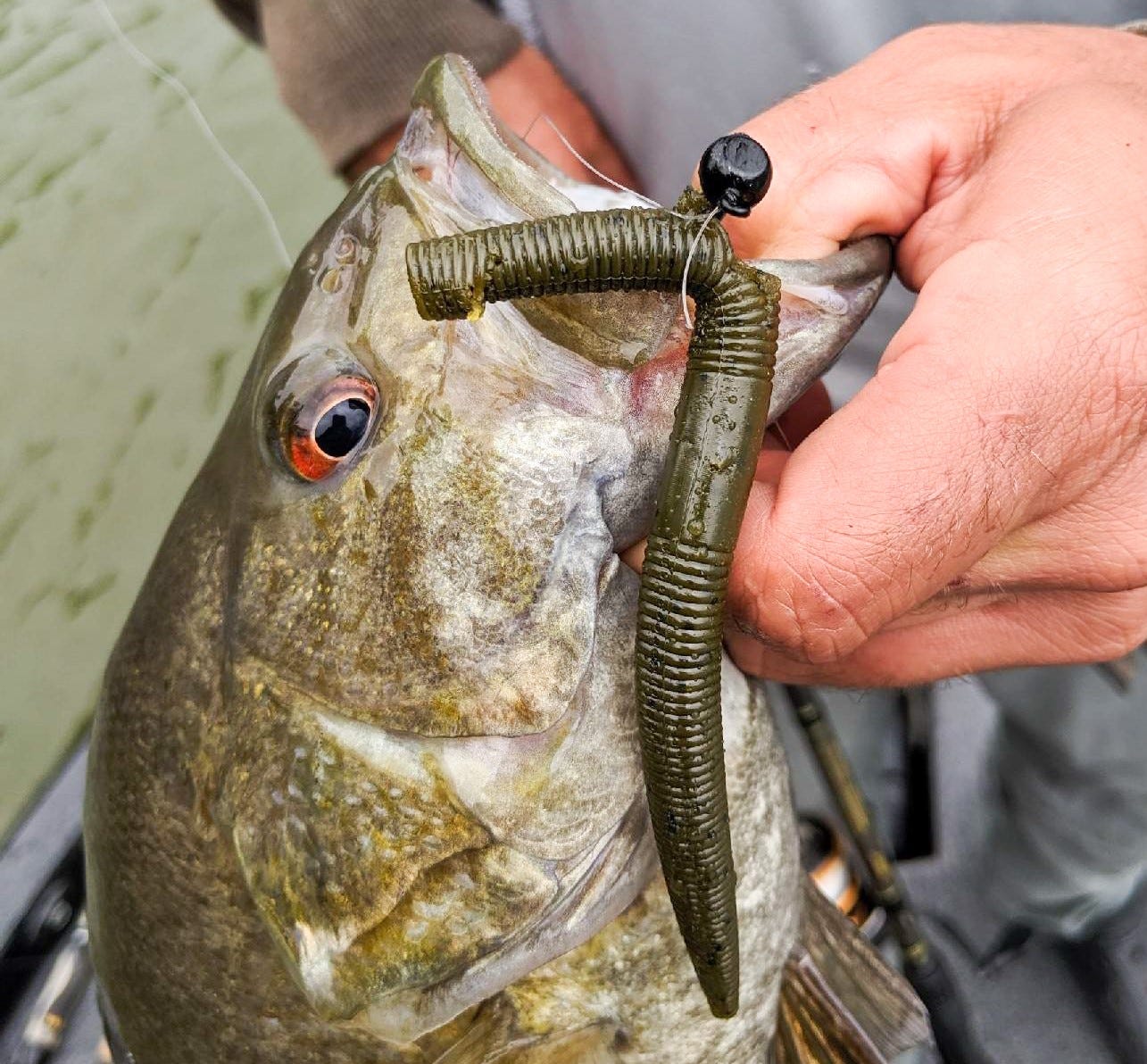
Credit: www.lurenet.com
Advanced Tips And Tricks
Choosing the right color for your plastic worms is vital for success in bass fishing. Bass see certain colors better under different light conditions. For instance, bright colors like neon green or chartreuse are optimal in murky waters. In contrast, use more natural tones such as browns or greens in clear waters to imitate real prey.
To increase the likelihood of a catch, integrating scent and flavor into your bait can be a game-changer. Bass use their sense of smell to find food. A scented worm can make a bass hold onto the bait longer, giving you more time to set the hook.
Weather patterns greatly affect bass behavior. Bass tend to be more active and feed during overcast days with mild winds. You can benefit from this by using a slower retrieve method, allowing the bass more time to strike the worm.
Practice And Conservation
Practicing ethical fishing ensures the future of bass populations. Bass habitat preservation relies on conscious efforts from anglers. Use barbless hooks to minimize injury to fish. Catch and release practices help keep fish numbers stable. Share knowledge with other anglers about sustainable fishing techniques. Remember, healthy fisheries benefit everyone. Conservation efforts today lead to abundant fishing tomorrow. Respect local regulations and seasonal restrictions to protect spawning fish. Together we can sustain the sport of bass fishing for generations.

Credit: www.youtube.com
Frequently Asked Questions For How To Bass Fish With Plastic Worms
How Do You Fish Plastic Worms For Bass?
Select a suitable plastic worm and rig it on a hook. Cast it into bass-rich areas like weed lines or structures. Retrieve it slowly with occasional twitches to mimic lifelike movement. Strike gently when you feel a bite to hook the bass firmly.
What Color Plastic Worm Is Best For Bass?
The best color for a plastic worm when targeting bass often depends on water conditions; clear water favors natural hues like green pumpkin, while murky waters make black, blue, or Junebug more effective.
Do You Use A Weight With A Plastic Worm?
Yes, anglers often use a weight with a plastic worm to increase casting distance and control the bait’s depth and movement in water.
Can Bass Digest Plastic Worms?
Bass cannot digest plastic worms; they lack the necessary stomach enzymes. Instead, ingested plastic can cause intestinal blockage, posing health risks.
Conclusion
Mastering bass fishing with plastic worms can dramatically up your angling game. It involves simple techniques, patience, and practice. Equip yourself with the right gear and remember to vary your retrieval speed. Embracing these tips ensures your fishing trips are both successful and enjoyable.
Hit the water with confidence and the bass will follow!
